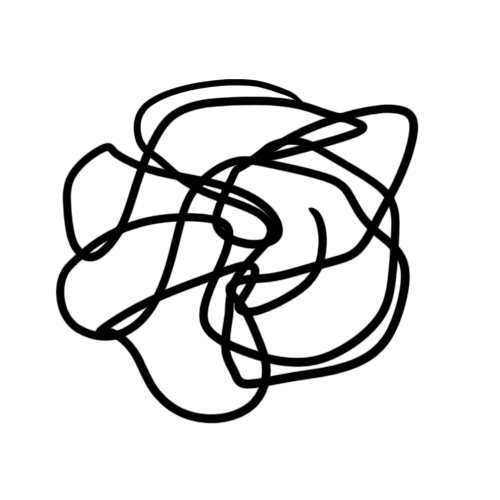
About
What journey unfolds when the body never leaves the ground?
The Bird, the Thread, and the Open Sea reimagines Farid al-Din Attar’s "Conference of the Birds" by shifting the poem from narrative time into navigable space. It asks how a journey can take place without departure—how identity might surface through fragments, and how space can stand in for narrative as the site of transformation.
At the centre of the work hang five large textile wings inspired by birds from Attâr’s poem. Constructed from layered canvas altered through a gradual pigment process, they become stratified surfaces where colour and opacity accumulate.
Detached from the birds, the wing no longer functions as anatomy but as sign—the minimal unit through which the idea of flight endures, a concentrated gesture, a suspended direction, the residue of an impulse. It contains the bird without depicting it, preserving what exceeds the animal—its movement. It does not show who flies, but what flying means. This reduction opens the space to a non-narrative reading, where the bird is no longer a figure but a field of forces.
Each wing is held in tension by two cords fixed to sandbags on the floor, shifting the work from the aerial to the maritime. The sand becomes ballast; the cords draw lines of traction; gravity introduces resistance. What is shown is not the image of flight but the physical framework that makes it possible—an architecture of equilibrium where nothing departs, yet everything is oriented. The wing becomes an inner sail, a membrane stretched between weight and ascent, suggesting navigation rather than escape. Rather than illustrating a bird that cannot take off, the installation exposes the thresholds in which movement is suspended yet still perceptible.
Surrounding this central constellation, long blue veils—embroidered by hand—form a second layer. Each carries fragments from passages of Attâr’s poem, recomposed into a new continuous sequence. Placed side by side, they would reveal a single rewritten text; dispersed in space, they become an archipelago of language. The calligram-like embroideries follow the curvature of waves: the poem ceases to be linear recitation and becomes terrain. Reading turns into movement; movement becomes a way of reading.
The installation cannot be grasped at once. Its wings, cords, shadows, and shifting surfaces form a porous labyrinth that must be entered rather than observed. The visitor walks a fable that has become geography, tracing correspondences and reconstructing a dispersed myth. Their path becomes the kinetic dimension of the piece—an interior navigation within an environment that remains physically still. The voyage no longer resides in the birds, but in the experience of passage—an internal displacement made tangible through matter. Stillness becomes a medium rather than an absence, allowing a form of navigation without displacement.
The Bird, the Thread, and the Open Sea uses the fragment as a way of approaching the intimate. Existing elements—myths, verses, images—are recomposed into an interior narrative. Rather than adapting Attâr’s poem, the work extracts its underlying dynamics—hesitation, renunciation, orientation, and transformation—and translates them into material terms. In this shift, the birds are no longer characters but internal coordinates, not psychological portraits but directional axes through which an inner cartography takes shape. They do not appear as naturalistic animals, but as carriers of human interiority—mediators for what remains instinctive, unstable, or difficult to articulate. What is explored is not a fixed identity but a multiplicity of possible orientations, parts that must be assembled rather than a stable essence. The fable and the animal are not detours, but methods for approaching what moves within us, even when the body remains still.
Nothing moves, and yet a journey takes place.
The poem becomes space.
Space becomes passage.
The passage becomes interpretation.
What unfolds is not flight—but a way of inhabiting the immobile.
List of works
Hoopoe (after Attar), 2025, Hand-dyed layered canvas, natural pigments, rope, sandbag
Heron (after Attar), 2025, Hand-dyed layered canvas, natural pigments, rope, sandbag
Owl (after Attar), 2025, Hand-dyed layered canvas, natural pigments, rope, sandbag
Parrot (after Attar), 2025, Hand-dyed layered canvas, natural pigments, rope, sandbag
Peacock (after Attar), 2025, Hand-dyed layered canvas, natural pigments, rope, sandbag
archipeLogos, 2025, Hand-guided machine embroidery on voile





